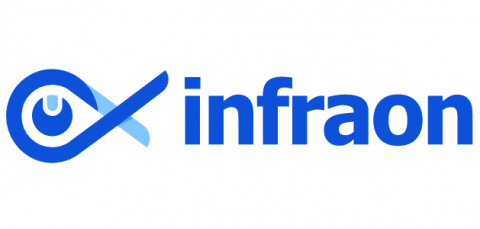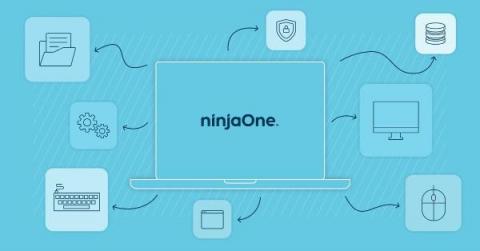How to Set Up a Purchase Order System Quickly
Creating a system for purchase orders is a critical first step in effective procurement management. It assists organizations in maintaining track of orders, inventories, and payments. A business may have a number of problems without a well-organized purchase order system, including lost payments, overstocking, and late deliveries. We'll go over the purchase order system's definition, operation, significance, and how you can quickly set it up in this blog. So, let us begin!










